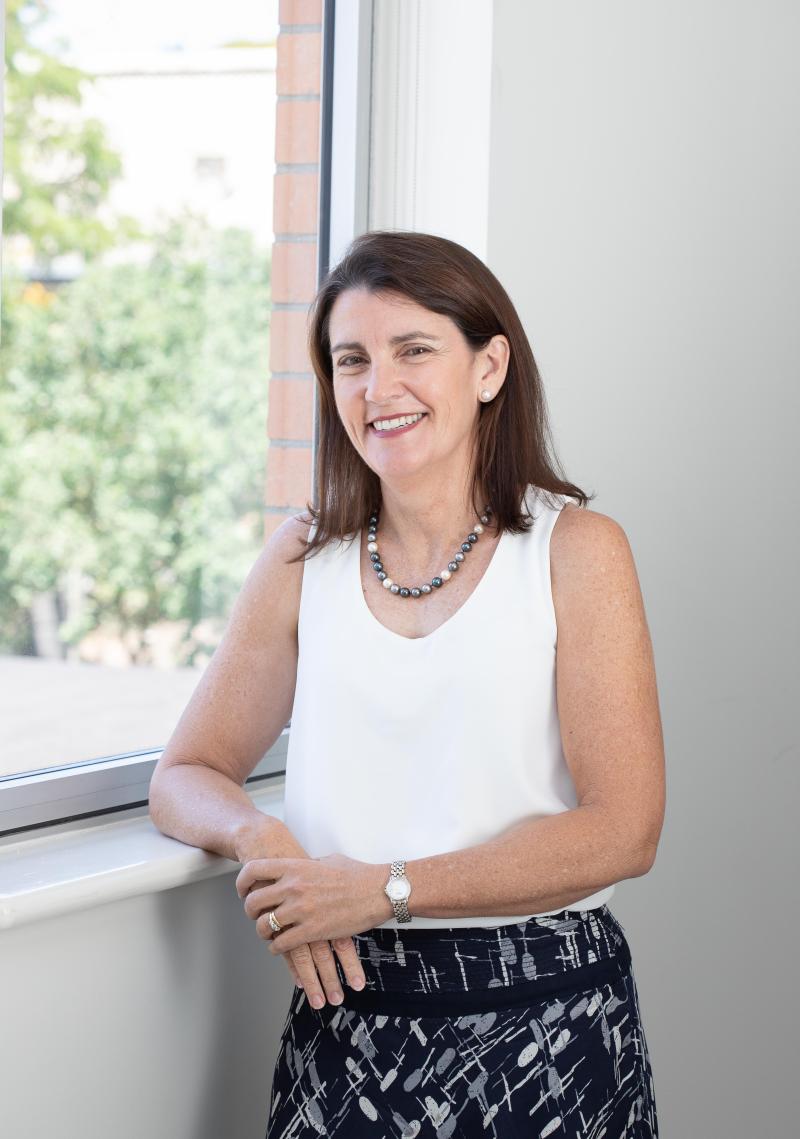
Professor Rachel Thomson
Host-directed therapeutic strategies are becoming more important in the management of nontuberculous mycobacterial (NTM) infections, the TSANZSRS 2024 meeting was told.
Professor Rachel Thomson, Head of the Greenslopes Clinical Unit and NTM Research Group at the University of Queensland, said current treatment was particularly challenging with over 50% of patients reporting treatment-emergent adverse events.
“Now many of those are mild and often manageable, and we do successfully get a lot of patients through these courses but up to 25% of patients can’t tolerate the drugs,” she said.
As well, the success rates of antibiotic regimens can be quite variable and the relapse or reinfection rates were quite high at up to 40% of patients at four years.
“And that’s because environmental exposure is high and it’s hard to avoid. And so host susceptibility factors are really clearly important here, but they’re not that well defined.”
She said host-directed therapies had the advantage of being effective in both drug-resistant and drug-susceptible infections as well as in patients with potentially dormant mycobacteria.
“They’re less likely to induce bacterial drug resistance and they could potentially synergize with and shorten our antibiotic treatment regimens by targeting different pathways. And then prophylactically, they have the potential to reduce the risk of reinfection and relapse.”
Macrophage response
She presented the results of a pilot study of inhaled granulocyte–macrophage colony-stimulating factor (GM-CSF) molgramostim as a potential immunomodulatory treatment for severe, treatment-refractory pulmonary NTM infection.
The study, published recently in Annals of the American Thoracic Society [link here], included 32 patients with either Mycobacterium avium complex [MAC] or M. abscessus [MABS] infections who were recruited from five sites in Australia and the UK.
Professor Thomson said most patients were underweight, had endured a long duration of treatment and had elevated CRP levels indicating quite advanced disease. As well, about 50% had pulmonary cavitation, a known poor prognostic factor.
Despite the severity of NTM disease, 29.2% of the patients with MAC achieved sputum culture conversion – three consecutive monthly negative cultures – on treatment with molgramostim either in addition to or after cessation of guideline-based therapy due to lack of efficacy or intolerability.
The study found only one patient with a M. abscessus infection had sputum culture conversion and there was no change in any secondary endpoints, however molgramostim was well tolerated.
While the results suggested macrophage dysfunction may be important in NTM, it was still to be determined whether or not it was a systemic or local deficiency of GM-CSF in response to mycobacterial infections, a deficiency in the regulation of the GM-CSF receptors, or a functional deficit within the macrophage that impairs phagocytosis and lysosomal killing.
Professor Thomson also said other approaches under investigation to potentially manipulate the host response included modifying the gut microbiome to enhance the immune response in the lungs and donor derived mesenchymal stem cells which may also have potential in this area.
Mucociliary clearance
Professor Thomson said targeting mucociliary clearance associated with either subtle genetic or acquired defects was another potential host-directed strategy in NTM infection.
She said pharmacotherapies under investigation included CFTR modulators and sildenafil.
For example, data from the US Cystic Fibrosis Foundation Patient Registry [link here], showed patients with negative MTM cultures at baseline and exposed to CFTR modulator therapy had a decreased risk of NTM positivity than those not exposed.
It found that for every additional year on CFTR modulator therapy, the odds of NTM positivity decreased by 37% which was a larger effect size than the 16% decrease in the odds of NTM positivity for every additional year on macrolides.
She said there was also interest in the phenomenon of acquired CFTR dysfunction in diseases such as COPD.
In one phase IIb study [link here], almost 1,000 patients with COPD were randomised to either the CFTR potentiator icenticaftor or placebo in addition to their background triple inhaler therapy.
It found an improvement in trough FEV1, cough and sputum scores, and in inflammatory markers as measured by fibrinogen levels after 24 weeks of treatment.
“So why not NTM?,” she said.
Regarding sildenafil as a novel therapeutic approach, she said NTM infection led to down-regulation of ciliary genes.
A small study in only nine patients had shown that ciliary beat frequency ex vivo seemed to be responsive to increasing doses of oral sildenafil. [link here]
“It didn’t actually result in any change in sputum volume or in quality of life, but it was a very small study. It’s certainly something worth thinking about.”
Non-pharma options
Australian sites have also been involved in a first-in-the-world study of a novel nitric oxide generator in refractory NTM infections.
Professor Thomson said inhaled NO had been shown to be bactericidal against M. abscessus in vitro and synergistic with antibiotics used for treatment of M. abscessus.
She said the LungFit GO device was similar to an oversized CPAP machine that allows the self administration of nitric oxide at home via a face mask. Toxic levels of NO2 are removed via a smart filter.
A trial of 15 patients found treatment compliance was over 90% and that the device was very safe with no discontinuations due to adverse events.
Amidst the promising results, there was a reduction in microbial load with two participants definitely achieving sputum culture conversion and a probable third patient.
Physical activity levels and lung function were unchanged but there were some improvements in patient reported outcomes.
Professor Thomson concluded that treatment for NTM was moving towards a more personalised approach recognising subtle defects and sometimes a mix of defects in patients.
“Ultimately we have to dissect the host and find some sort of host-directed therapy that will give these patients longer term cure.”